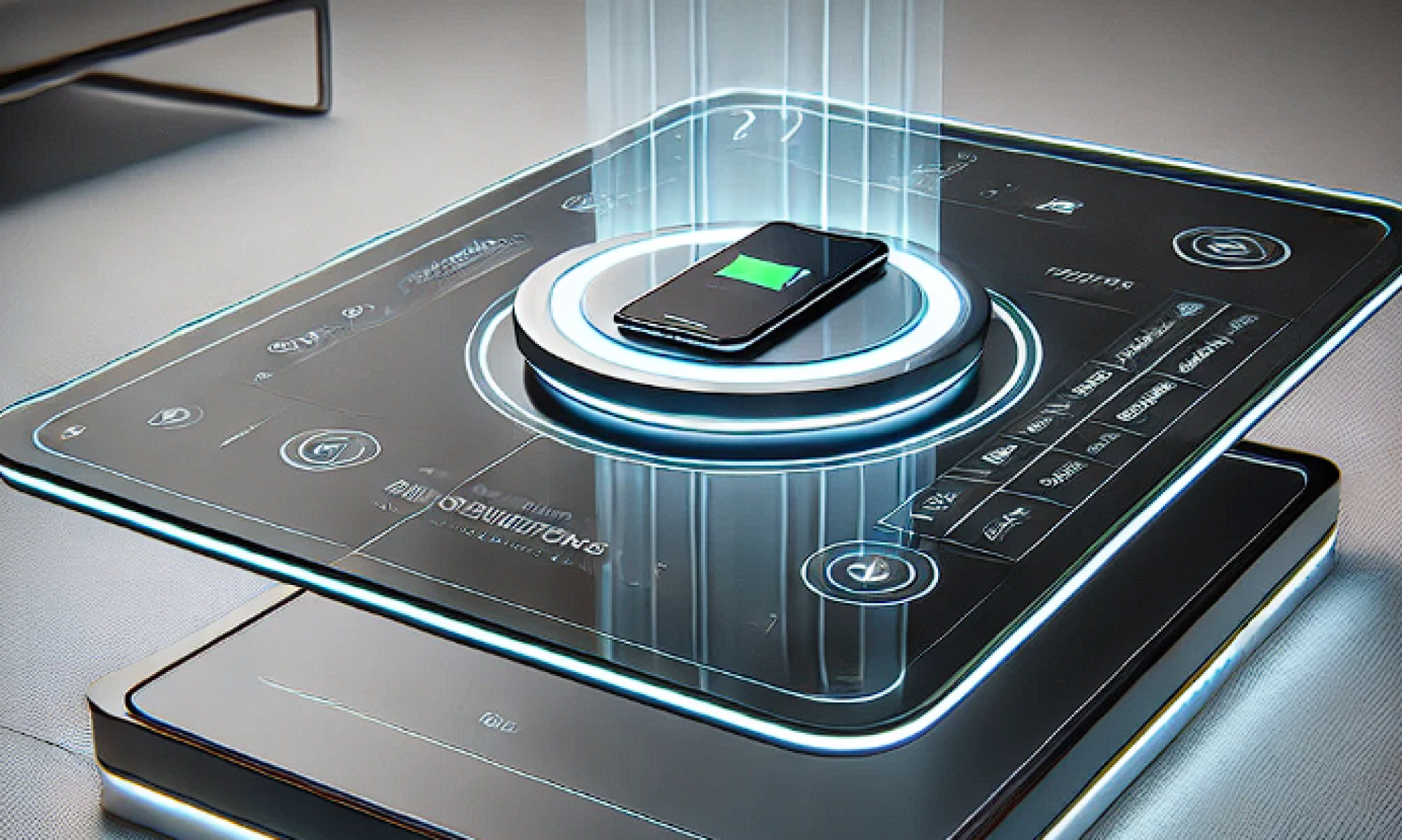This week, I took on the role of presenting the design introduction for our project. To ensure a smooth delivery, I thoroughly prepared my part, focusing on clearly conveying the main concepts and design rationale. I spent significant time rehearsing the presentation and refining the slides to make sure they were visually engaging and easy to follow. I also gathered feedback from my teammates during practice sessions to further improve the clarity and flow of the content.
In addition, I was responsible for selecting the components for the charging pad module in our purchasing list. I researched extensively to determine the best options for our charging system, comparing various models and their specifications to ensure compatibility with our requirements. I also coordinated with my teammates to finalize other essential components, such as mechanical parts, ensuring our choices align well with the overall design and meet the project’s technical needs. This involved multiple discussions and iterations to balance cost, availability, and performance.

Lastly, I made improvements to the existing features of our app. I implemented a communication protocol that now allows the app to connect with other devices via WiFi, enabling real-time data exchange and expanding its functionality. Additionally, I started investigating the iPhone API to access information about temperature and charging status, which will further enhance the app’s capabilities. I looked through the API’s documentation and experimenting with different methods to retrieve the relevant data effectively. These improvements aim to make the app more user-friendly and provide more comprehensive information to users, preparing for our final design.


I am currently on schedule, and for the next steps:
- Finalize the purchase of the selected components and begin testing their integration into the system.
- Continue refining the app by completing the implementation of the iPhone API to gather temperature and charging status data, ensuring seamless integration.
- Work on the prototype of the charging pad module to verify its functionality and compatibility with the rest of the system.
- Collaborate with my teammates to set up a testing environment for the system, allowing us to identify any issues early and iterate on improvements.
